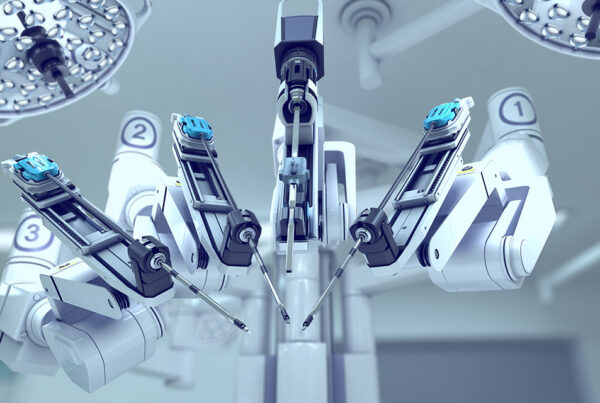The health sector is constantly evolving, more so at a time when emerging technologies such as nanomedicine are beginning to gain ground. Advances in science have turned this leading-edge technology, created to prevent, control, and treat diseases, and improve our quality of life, into a tangible reality. The application of nanotechnology to biomedicine—by which we mean handling materials on a nanometric scale—has been put forward as a way of developing new systems of controlled drug delivery. The idea is based on using nanostructures such as liposomes, dendrimers, fullerenes, or polymeric nanoparticles to move drugs into the damaged area, and after having recognized the specific area affected, they release it in response to a stimulus. The use of these nanocarriers offers enormous benefits over conventional drug delivery methods. Their size allows them to pass through biological and physiological barriers that were previously inaccessible.
Patients nowadays are able to make informed choices about their health. Most prefer therapies with fewer side effects, which puts nanomedicine in a prime position. Drug delivery, therapy, diagnostics, and biomaterials are some of the areas where nanomedicine has had the biggest impact in the medical sector.
Nanomedicine as a health ally
Nanomedicine has significantly changed the health sector. Its main benefits include:
- More effective diagnostics
- The opportunity to cure diseases from outside or within the body
- Systems with more practical storage
- Sensors that detect alterations in the body
- Lower costs in medical practices
- Better drug dose management
- The development of smart tissues
- The development of non-polluting materials and energies
One common problem in the health sector is the loss of drug efficacy over time. However, the deployment of nanomedicine through the use of nanomaterials such as nanotubes or nanocapsules has made it possible to overcome this issue by preserving the full functionality of enzymes and proteins to ensure they remain active.
Segmentation of the nanotechnology market
The market is segmented or classified on the basis of the following variables:
By product type
- Regenerative medicine
- Therapeutic medicine
- In vitro diagnostics
- In vivo diagnostics
- Vaccines
By application
- Clinical oncology
- Infectious diseases
- Clinical cardiology
- Orthopedics
- Others
By nanomolecule type
- Nanoparticles and quantum dots
- Nanospheres
- Nanotubes
- Nanodevices
Latin America has great opportunities and challenges with respect to nanomedicine. While governments have increased support and funding to drive this innovative technology in the region, so far it has been unable to thrive successfully because of the various challenges facing Latin America. Large growth in this technology is expected as a consequence of the increase in chronic diseases, such as diabetes, various types of cancer, liver disorders, etc.
How ready is Latin America for nanotechnology?
Is there a door opening into Latin America? Are countries in the region ready to tackle nanomedicine? Although the technology is advancing quickly, and even at a much faster pace than the health systems themselves, there has been an increase in research-and-development investment in the region, which has contributed to the growth of nanomedicine in Latin America.
A good example of this is the Argentine company PLAMIC, a microfluidics platform that designs, manufactures, and characterizes chips or lab-on-a-chip systems, and has been developing state-of-the-art technology for nine years. The technology will enable greater precision in the development of nanomedicines through the precise control of fluid movement, which in turn will allow for precise assembly of the molecules to build those medicines, reducing costs and improving pharmaceutical quality.
On the other hand, factors such as long approval processes or the environmental risks associated with new technologies limit their development, and despite great scientific advances, there is still no regulatory body in place to promote and protect nanomedicine.
However, the outlook is encouraging. According to Market Data Forecast, the nanomedicine market in Latin America is expected to grow at a 14.1% compound annual growth rate (CAGR) between 2021 and 2027 to reach a value of US$37.4 billion, which is nearly double its value in 2021: US$19.3 billion.
The increasing use of nanomaterials and the emergence of new technologies are driving industry growth exponentially, representing new development opportunities. The scope of nanomedicine is broad and promises to provide previously unimaginable solutions. It is an area of knowledge that needs to be expanded because of the potential it represents for patients and its possible range of application in Latin America.
Although Global Health Intelligence focuses mainly on topics related to hospital medical infrastructure, we are also dedicated to studying and following trends to gain a better understanding of the market. To learn more about the market intelligence solutions we offer for the medical device and equipment sector, visit our website at https://globalhealthintelligence.com/.



